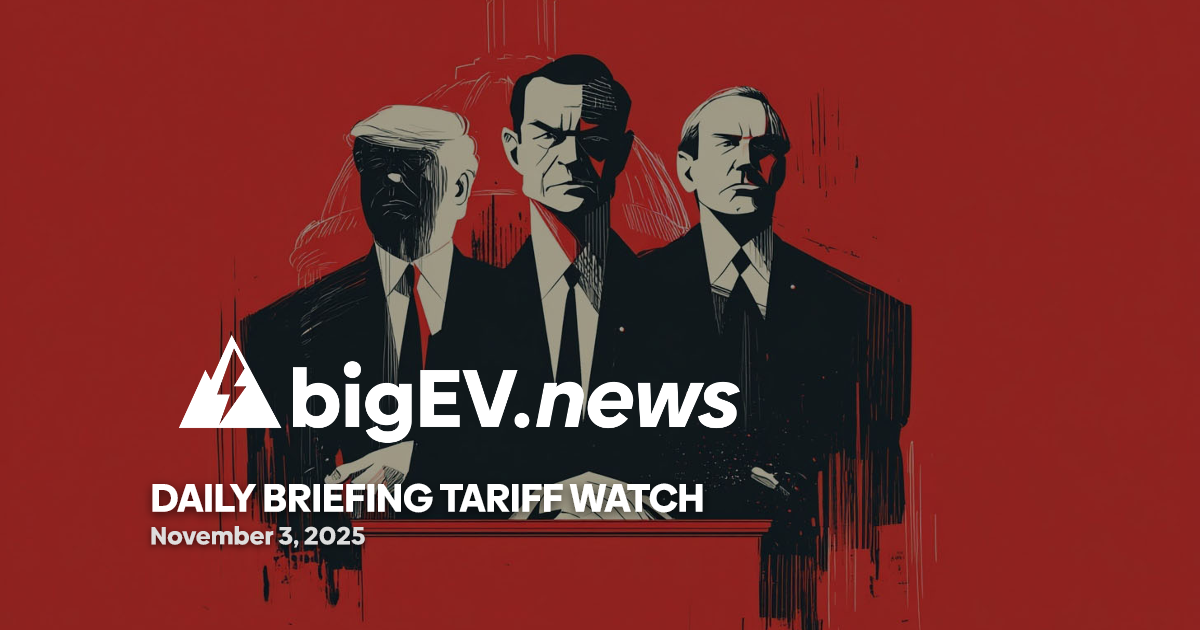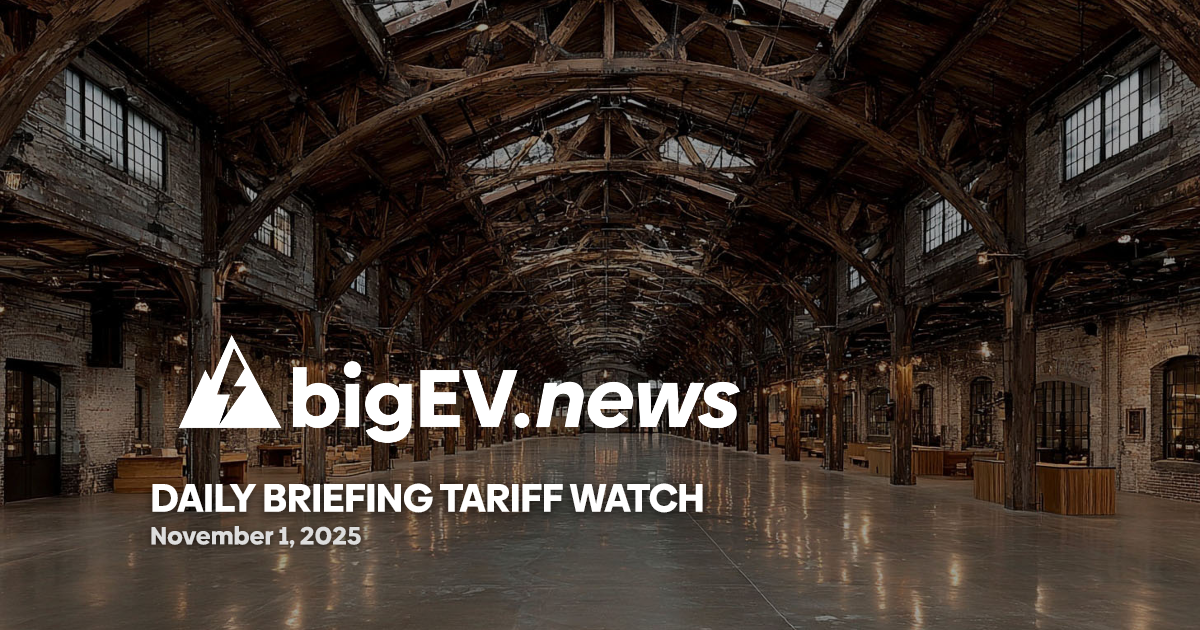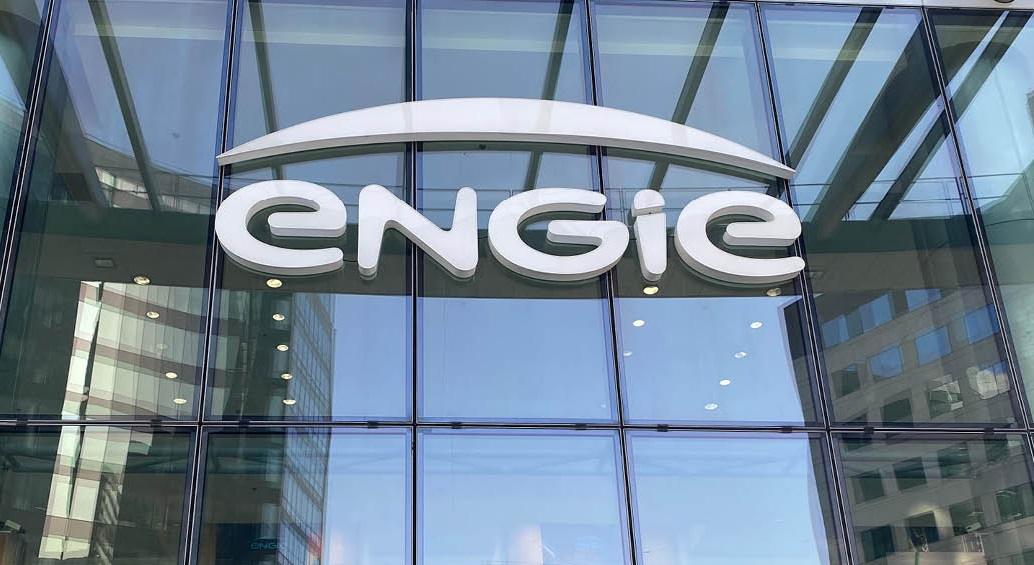At a glance – – The last 24 hours have brought a cascade of tariff and trade policy shifts with direct, material impacts on U.S. manufacturers, clean tech innovators, and transportation engineering firms. Most notably, the White House has doubled Section 232 tariffs on steel and aluminum imports to 50%, effective June 4, 2025, a move that will immediately raise costs for automakers, construction firms, and industrial equipment producers reliant on imported metals. Concurrently, a fragile truce with China has seen both nations dial back retaliatory tariffs—U.S. duties on Chinese goods fall from 145% to 30%, while China cuts its tariffs on U.S. exports from 125% to 10%—though the broader structure of stackable tariffs remains intact. Meanwhile, a new U.S. reciprocal tariff regime phases in a 10% duty on nearly all imports from all countries, with additional country-specific rates layered on top, creating a complex compliance landscape for global supply chains. These changes arrive alongside targeted hikes on India, Mexico, and Canada, as well as the suspension of the de minimis exemption for low-value shipments, further complicating logistics for e-commerce and direct-to-consumer businesses. The cumulative effect is a sharp increase in landed costs for critical inputs, renewed pressure on just-in-time inventory strategies, and heightened demand for trade compliance expertise across sectors.
Technology advance – – In response to the tariff upheaval, Siemens Energy announced today that it is accelerating the rollout of its new AI-driven supply chain risk platform, SupplyGuard 4.0, which now integrates real-time tariff data feeds from U.S. Customs and Border Protection, the European Commission, and China’s Ministry of Commerce. The platform, which launched in beta last quarter, uses machine learning to model the cost impact of tariff changes on multi-tier supplier networks, enabling clients like Tesla, Vestas, and BYD to dynamically reroute shipments, adjust procurement contracts, and hedge currency exposures. Siemens Energy’s Chief Digital Officer, Dr. Anika Patel, emphasized that the system’s new “Tariff Shock” module can simulate the effect of a 50% metals tariff on a wind turbine assembly line within minutes, giving manufacturers a critical edge in a volatile trade environment. The company has also partnered with Flexport and project44 to embed their logistics tracking APIs, allowing clients to monitor customs clearance status and duty payments in near real-time across 150 countries.
Partnerships – – Facing mounting trade complexity, DHL Supply Chain and Flexport have inked a three-year strategic alliance to offer integrated tariff management and duty optimization services for multinational manufacturers. The partnership, announced this morning, combines DHL’s global warehousing and fulfillment network with Flexport’s digital freight forwarding platform, enabling clients to centralize tariff classification, origin management, and preferential trade agreement (PTA) compliance. Initial pilot customers include General Electric’s renewable energy division, which is seeking to minimize duties on wind turbine components moving between the U.S., Mexico, and Europe, and Rivian Automotive, which is grappling with new tariffs on battery cells and aluminum body panels. The alliance will also provide dedicated trade compliance teams in Houston, Rotterdam, and Shenzhen to handle binding rulings, protests, and duty drawback claims. DHL and Flexport plan to roll out a joint tariff analytics dashboard in Q1 2026, with early access for clean tech and automotive clients.
Acquisitions/expansions – – In a bid to secure tariff-advantaged supply chains, South Korean battery giant LG Energy Solution has acquired a 60% stake in Arizona-based copper recycler Redwood Materials for $2.1 billion, according to filings with the U.S. Securities and Exchange Commission. The deal, which closed late yesterday, gives LG direct access to Redwood’s closed-loop copper recovery infrastructure in Nevada and Arizona, reducing exposure to the new 50% U.S. tariff on semi-finished copper products and “copper-intensive” derivatives such as connectors and cables. LG Energy Solution CEO Kwon Young-soo stated that the acquisition will enable the company to localize more of its battery component manufacturing in North America, circumventing duties on imported copper foil and busbars. Redwood Materials, founded by Tesla co-founder JB Straubel, will retain operational independence but will prioritize copper scrap supply to LG’s new Arizona gigafactory, which is slated to begin production in late 2026.
Regulatory/policy – – The U.S. Trade Representative (USTR) today published a Federal Register notice detailing the implementation timeline for the new reciprocal tariffs, which will apply a 10% duty on virtually all imports from all countries effective April 5, 2025, followed by country-specific supplemental rates on April 9, 2025. The notice clarifies that these tariffs are in addition to existing Section 301 (China), Section 201 (safeguard), and Section 232 (national security) duties, creating a multi-layered compliance challenge for importers. Notably, the USTR has carved out exemptions for pharmaceuticals, semiconductors, critical minerals, and energy products, a move that will benefit clean tech firms reliant on imported lithium, rare earths, and advanced chips. However, the notice also confirms that the de minimis exemption—which previously allowed goods valued under $800 to enter the U.S. duty-free—will be suspended effective August 29, 2025, forcing e-commerce platforms like Amazon, Shopify, and Temu to overhaul their cross-border logistics strategies. The USTR has established a 30-day comment period for affected industries to petition for additional product exclusions, with a particular focus on inputs for renewable energy and electric vehicle manufacturing.
Finance/business – – The tariff turmoil is already reverberating through corporate earnings calls, with Ford Motor Company CFO John Lawler warning analysts today that the 50% steel and aluminum tariffs could add $600 million to annual input costs, prompting the automaker to accelerate its “localization 2.0” strategy, which aims to source 90% of North American steel and aluminum from domestic mills by 2027. Lawler noted that Ford is in advanced talks with U.S. Steel, Cleveland-Cliffs, and Alcoa to secure long-term supply agreements, but cautioned that near-term price volatility is likely. Meanwhile, clean energy developer NextEra Energy reported a 12% quarter-over-quarter increase in its project development costs, citing higher duties on imported solar trackers and inverters, and announced a $500 million cost-sharing initiative with suppliers to absorb tariff-related expenses. On the logistics side, XPO Logistics CEO Mario Harik told investors that the suspension of the de minimis exemption has led to a 40% spike in small-parcel import volumes at U.S. ports as retailers rush to stockpile inventory ahead of the August 29 deadline, creating bottlenecks at the Ports of Los Angeles, Long Beach, and Newark.
Sources: DSV, The Vision Council, Trade Compliance Resource Hub, White House, U.S. Securities and Exchange Commission, Federal Register









